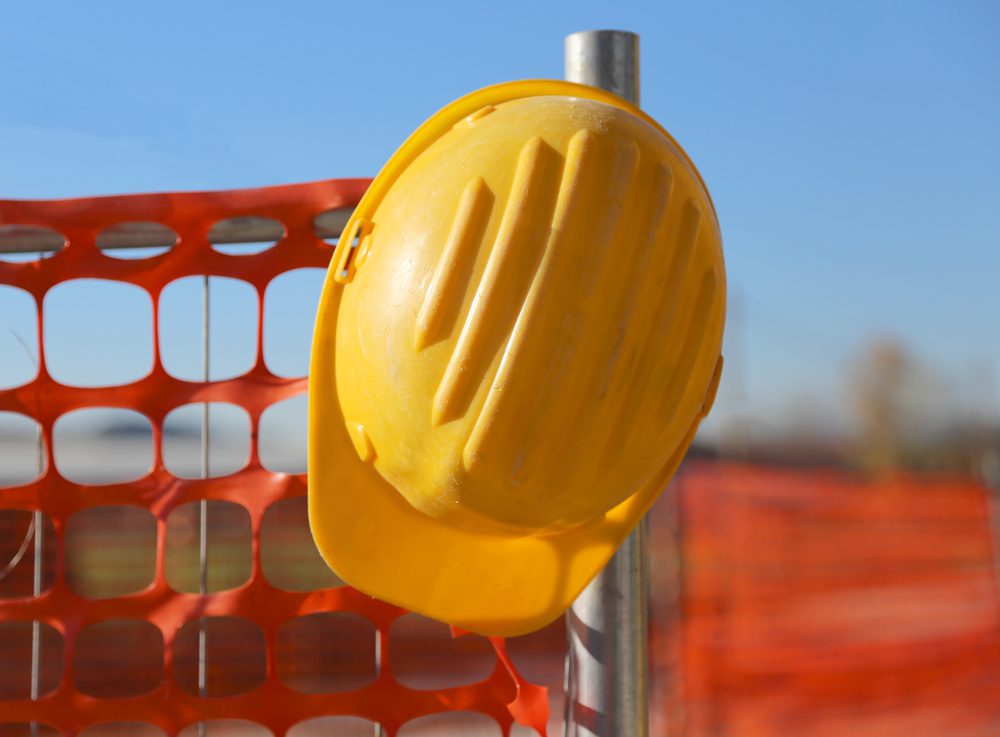Welcome to a comprehensive guide on obtaining and excelling in WHS (Work Health and Safety) accreditation through the Federal Safety Commissioner (FSC).
In this article, we’ll delve deep into the intricacies of the WHS Accreditation Scheme, exploring the rigorous standards, criteria, and processes that builders must adhere to.
By the end, you’ll have a clear roadmap to not only meet but surpass the expectations set by the FSC, enabling you to tender for Australian Government projects with confidence.
Understanding the WHS Accreditation Scheme
The WHS Accreditation Scheme is a pivotal initiative designed to elevate health and safety standards within the building and construction industry.
Its primary objective is to safeguard the well-being of workers and the broader community by ensuring that construction sites adhere to the highest safety standards.
This, in turn, fosters a culture of safety, minimizes workplace hazards, and ultimately results in better project outcomes.
The Rigorous Accreditation Process
Accreditation by the Federal Safety Commissioner is not an easy feat. Builders seeking accreditation must have stringent safety management systems in place.
These systems serve as the backbone of safety on construction sites.
It’s not just about having these systems in theory; builders must also demonstrate that they are effectively implementing and following these safety protocols on-site.
This rigorous process means that accredited builders have elevated safety management standards compared to their non-accredited counterparts. They are subject to more thorough auditing, ensuring that their commitment to safety is unwavering.
The Federal Safety Commissioner’s Seal of Approval
Once a builder successfully meets the requirements of the Scheme and receives accreditation, it signifies that the FSC has certified their safety management system as being in full compliance with the stringent standards.
This certification is a testament to the builder’s dedication to safety, and it carries significant weight in the industry.
One of the most significant advantages of accreditation is that it opens doors to tender for Australian Government projects.
Government projects often require a higher level of safety assurance, and having FSC accreditation positions builders as trusted partners for these critical endeavours.
The Scheme lays out several key criteria that builders must meet to obtain accreditation. These criteria are the cornerstones of a robust safety management system and include:
Demonstrated Ability to Manage Hazards
Builders must showcase their capability to effectively manage construction hazards and high-risk activities. This involves thorough risk assessment, hazard identification, and the implementation of comprehensive safety protocols.
A Positive Safety Record
A builder’s track record in workplace safety is crucial. A history of prioritizing safety and maintaining incident-free work environments is a strong indicator of a builder’s commitment to WHS.
Consistent On-Site Audit Results
Builders are subject to on-site audits, with a particular focus on various aspects:
- i) Demonstrated Senior Management Commitment to WHS: The leadership’s dedication to WHS is a fundamental pillar of accreditation.
- ii) Safe Design Integration: Integrating safe design principles into risk management processes promotes safety at all stages of a project.
- iii) WHS Consultation and Communication: Effective communication and consultation on WHS matters are paramount.
- iv) Subcontractor WHS Management: Builders must ensure that subcontractors adhere to high WHS standards.
- v) Performance Measurement: Continuous evaluation of WHS performance throughout the project’s lifecycle.
- vi) WHS Training and Competency: Ensuring that personnel are well-equipped to manage safety risks.
Conclusion
In conclusion, achieving WHS accreditation with the Federal Safety Commissioner is a significant milestone for builders in the construction industry.
It signifies a commitment to excellence in safety management and opens doors to lucrative government projects.
By meticulously addressing the accreditation criteria and maintaining a steadfast focus on safety, builders can not only meet but surpass the rigorous standards set by the FSC, setting a benchmark for the industry as a whole.








